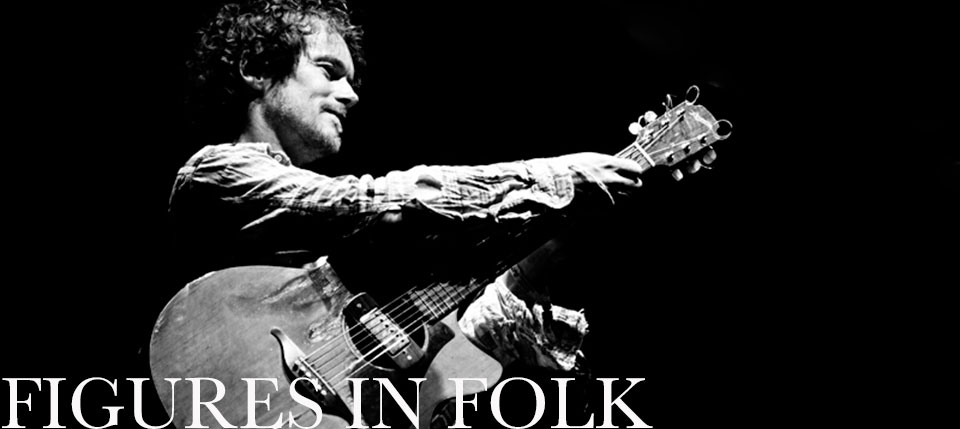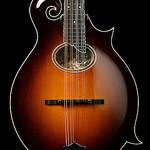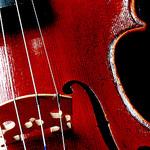
John Galusha (“Yankee John”) - Logger, Farmer
Born in 1859 in Warren County, John Galusha followed in his father’s footsteps and became a logger in the Adirondack region when he was 16. Like most Adirondack folk singers, Galusha did not write songs, he only performed them. He most likely built his repertoire over time by learning tunes from others. Because these folk songs often tell of
real experiences, they vary based on the type of people who created them. Thus, Galusha’s songs depend on who he came into contact with. Being alive in in the 1860s and 1870s, Galusha’s contact with Americn Civil War verterans coupled with his experience as logger gives us insight into lives of both very different figures in American history.
His songs include and Civil War tune called “The Irish 69th,” which is about a well known New York Brigade during the Civil War that was predominantly made up of Irish Americans. Although not a song of Galusha’s, “I’m Just a Common Lumberhick,” featured on the “Folk Then” page opens a door into the life of a lumberjack during the logging season.
George Pratt - Fiddler
Fiddlers show us another type of musical expression in the Adirondack Park. These songs do not have lyrics, which made them easier to pass down and share with others. Born in 1916, George Pratt was well known fiddler in the Adirondack region and like John Galusha, was influenced by the people he met and learned from. Due to his proximity to local Canadian loggers, his fiddling developed into a “Canadian Style” of playing. In fact his grandfather was one of the early Canadian logger fiddlers, and his tunes were directly passed down to George when he was a young boy.
Unlike vocal songs that tell a narrative about life in the region, the purpose of each fiddle song is what gives us insight into activities of the early Park. For example. George Pratt plays tunes called “Centennial Waltz” and “Rippling Waters Jig,” which were both most likely used for local dances or social events.
 Theodore Ashlaw - Logger, Performer
Theodore Ashlaw - Logger, Performer
Also a logger, Theodore was born in in 1905, and as heavily influenced by his surrounding community. By the age of 10 he was singing many passed-down tunes, played the harmonica, and also learned to step dance. In the prime of his logging career, he was electrocuted by a high voltage piece of equipment, resulting is partial paralysis. Ashlaw attested that before his injury, he knew 150 Adirondack Folk tunes, and had even written some himself. He gives us an a “full-throated, non ornamented, and precisely articulated unaccompanied singing as both “classic” it its engaging directness and fully keeping with Anglo-Canadian and Adirondack woodsman performance style.”
Roy Hurd- Modern Adirondack Folk Musician
Roy Hurd is one the most well-known Adirondack musicians today. He is popular across the United States, and toured across the country for several years before returning to the Adirondacks to settle in his native town of Lake Clear. Hurd's sound is a traditional one, and he most commonly plays the guitar during performances. His most famous song 'Adirondack Blue' has been called a modern anthem for the park. The chorus to this song reads as follows:
"Round we go round in the same sweet circle
It's a dizzy, dreamy dance we do
Seasons turn and feelings are changing
And the sky is a bright Adirondack blue"
Here is a video of Roy performing his most famous piece:


